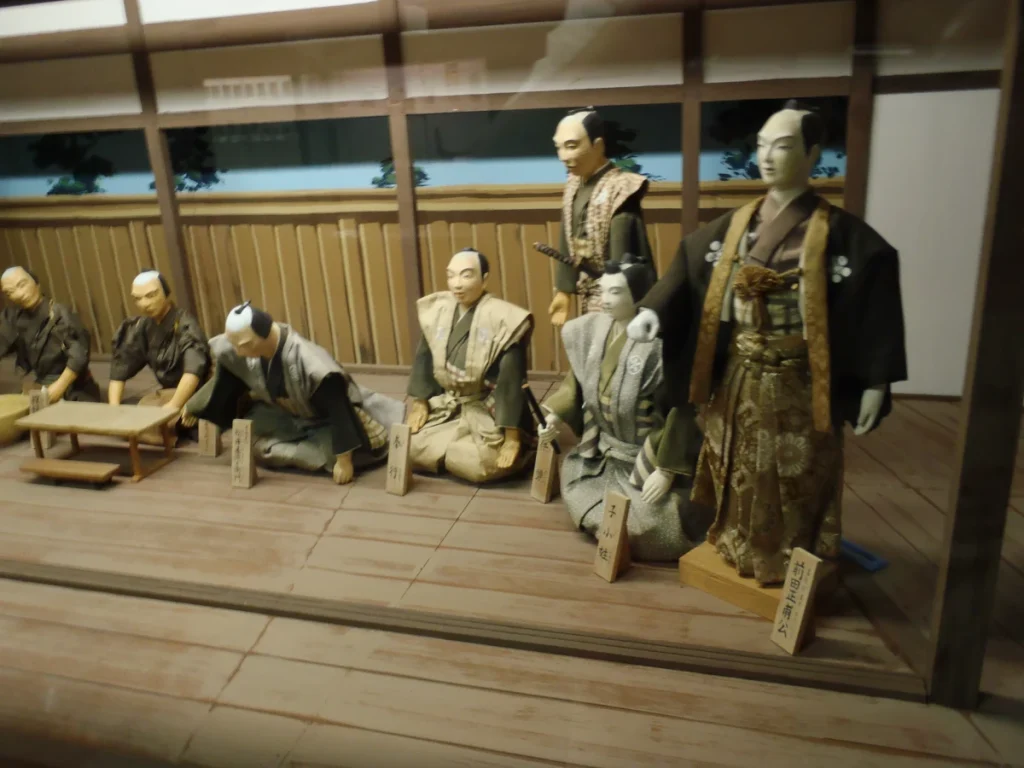In modern Japan, the nation is divided into 47 prefectures, with Tokyo standing as the capital.
Yet in earlier centuries, when the Emperor still resided in Kyoto and Tokyo was known as Edo, each region carried names different from those we know today.
Even now, these old provincial names are sometimes spoken with a sense of cultural pride, echoing the identity of each land.
From Tokyo Station, a two-and-a-half-hour ride on the Hokuriku Shinkansen brings you to 富山県 Toyama Prefecture, a region blessed by the majestic 立山連峰 Tateyama mountain range and a nutrient-rich bay.
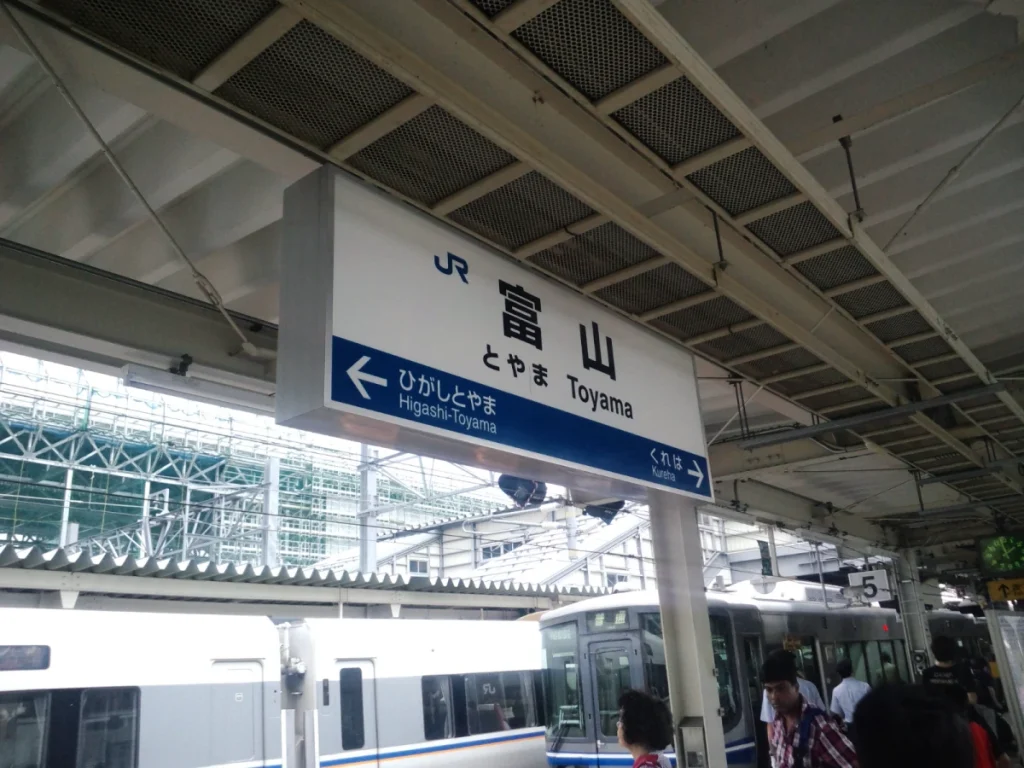
Beyond it lies the famed castle town of 金沢 Kanazawa, and traveling south takes you through the World Heritage villages of 五箇山 Gokayama and 白川郷 Shirakawa-go, or to the beautifully preserved historic townscape of 飛騨高山 Hida-Takayama.
•https://www.info-toyama.com/ 🔗
•https://gokayama-info.jp/ 🔗
•https://www.kurobe-dam.com/ 🔗
•https://www.hidatakayama.or.jp/index.html 🔗
Toyama is known for the pure spring water flowing down from Mount Tateyama, enriching the bay below and attracting an abundance of fish.
It is a land where one can savor both the finest gifts of the sea and the blessings of the mountains.
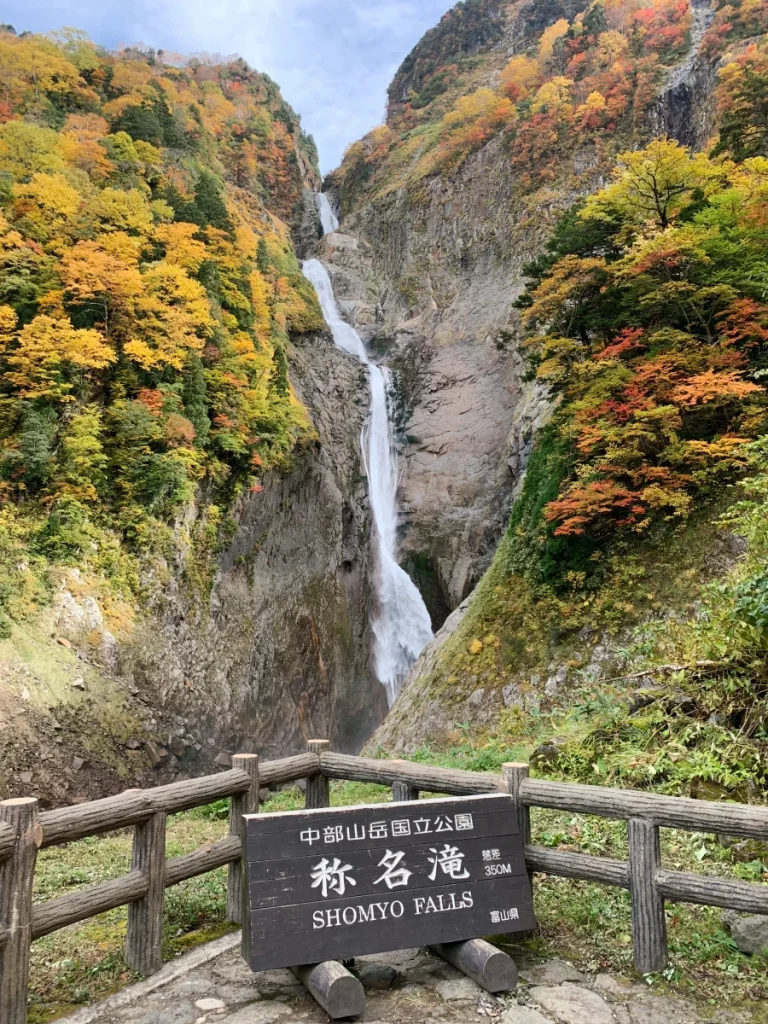
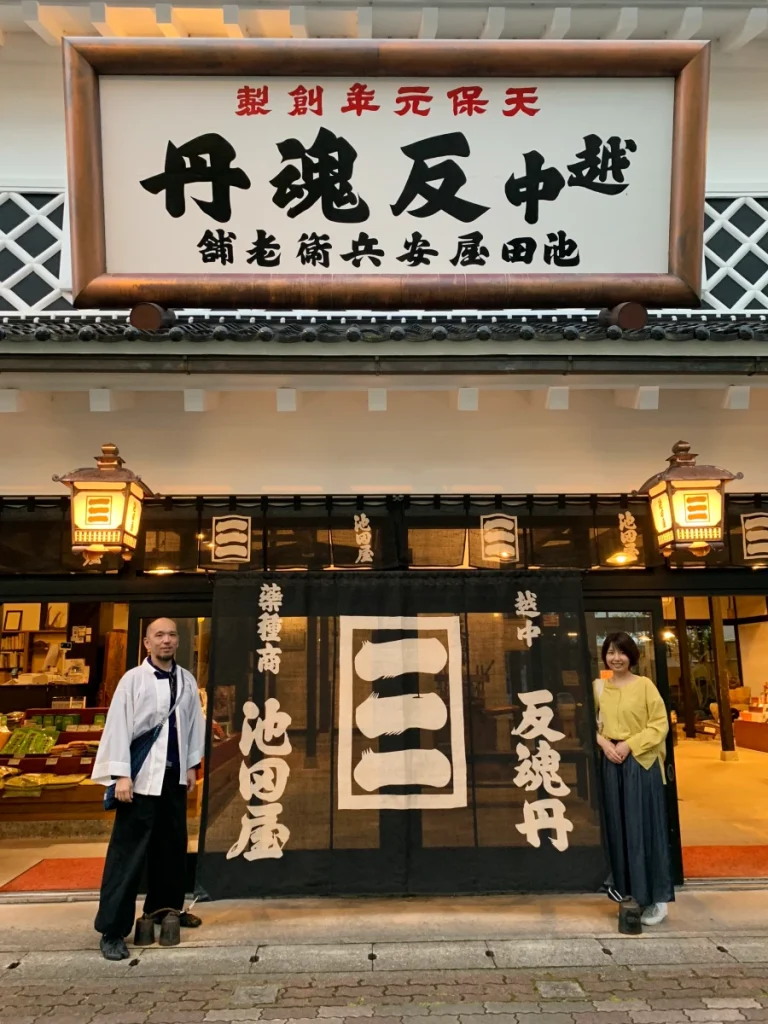
In the past, Toyama was called Ecchū Province (越中の国 / Ecchū no Kuni).
This region would go on to become one of Japan’s most renowned centers of traditional medicine.
Among the many remedies born in Ecchū, one rose to represent the region above all others:
Hangontan (反魂丹) ― so famous that people sang “Ecchū Toyama no Hangontan.”
In time, its name spread all the way to the bustling city of Edo.
The story of this medicine weaves together the lives of an Osaka merchant, a physician from Ming China, and the samurai class itself.
From Sakai to the Samurai ― The Journey of Hangontan
In the southern part of Osaka lies the historic city of Sakai.
From Kansai International Airport, a short thirty-minute train ride brings you to this town―today celebrated worldwide as the legendary home of Sakai forged knives, sought after by top chefs across the globe.
https://www.sakai-tcb.or.jp/feature/detail/18 🔗
https://www.sakai-tcb.or.jp/spot/detail/27 🔗
Yet long before Sakai became famous for its blades, it flourished as a major international trading port and, during the late Muromachi period, as one of Japan’s principal centers of firearm production.
Around this time lived a local merchant named Mozu Kamon-no-suke (万代掃部助).
One day, a ship from Ming China was wrecked near the coast of Sakai.
Mozu Kamon-no-suke helped rescue the crew, among whom was a Chinese physician who, in gratitude, revealed to him the secret formula of a potent medicinal pill.
That medicine was called Hangontan.
The word “Hangon”, meaning “to return the soul,” referred to the revival of life itself―
a remedy believed capable of restoring even those on the brink of death.
Struck by the significance of what he had been given, Kamon-no-suke abandoned his trade as a merchant and devoted his life to the production and distribution of this medicine.
By the third generation, the fame of Hangontan had reached the ears of the daimyō of Okayama Domain (in present-day Okayama Prefecture).
Impressed by its reputation, the lord formally requested that the family relocate under his protection and produce the medicine for the domain.
And so, during the Ōei era (1394–1427), the family moved from Osaka to Okayama Castle―a journey that, in modern terms, would cover roughly 200 kilometers, or around three hours by car.
It was then that the third successor, Mozu Kazue (万代主計), took on the name Mandai Jōkan (万代常閑) and began practicing medicine, producing a refined formula known as:
延寿返魂丹 Enju Hangontan ― “The Pill That Returns Life and Prolongs Longevity.”
By the eighth generation, the family’s skill had reached the highest ranks of society.
Ikeda Tadakatsu, lord of Okayama Castle, appointed a member of the Mandai family to serve within the castle itself and act as his personal physician, granting them official status as medical retainers.
Thus, under samurai patronage, the Mandai lineage flourished, and their name became firmly etched into the history of Japanese traditional medicine.
Okayama is home to the famous Kōrakuen Garden, one of Japan’s most renowned landscape gardens, as well as Kurashiki, a beautifully preserved historic townscape, and Bizen, known for its traditional Japanese swords and pottery.
If you have the chance, I highly recommend paying a visit.
From Tokyo, it’s approximately 700 kilometers, and it takes about 3.5 to 4 hours by Shinkansen (bullet train).
https://www.okayama-kanko.jp/index.html 🔗
The Samurai and the Miracle Pill ― Hangontan Spreads to the Warrior Class
After establishing himself in Okayama, Mandai Jōkan later traveled to Nagasaki, one of the few ports in Japan officially permitted to engage in trade with Europe during the Muromachi and Edo periods.
Nagasaki is located in the Kyushu region of Japan.
It is about 1,200 kilometers from Tokyo and can be reached by airplane or bullet train (Shinkansen).
In 1543, a group of Portuguese sailors drifted ashore on a nearby island in Nagasaki, bringing with them the first firearms ever seen in Japan.
Soon after, Jesuit missionaries arrived, and Nagasaki became known as the birthplace of Christianity in Japan.
Later, in the mid-19th century, the artificial island of Dejima was constructed, and a Dutch trading post was established there, making Nagasaki Japan’s official gateway to Western (Rangaku-based) medicine.
Japanese physicians wishing to study European medical science would travel to Nagasaki, training under Dutch doctors and interpreting foreign medical texts.
Now, returning to our main thread…
It was during one such journey that Mandai Jōkan encountered a samurai from Ecchū Toyama, named Hibino Kohei (日比野小兵衛).
Suddenly struck with severe abdominal pain, Kohei collapsed in distress.
Seeing his condition, Mandai Jōkan offered him a single dose of Hangontan.
The effect was instantaneous ― his pain subsided at once.
Deeply moved by the experience, Kohei returned to Toyama Domain (富山藩) and reported the miraculous effect of the pill to his lord, Maeda Masatoshi (前田正甫).
Masatoshi himself suffered from chronic stomach ailments, and upon hearing that such a small pill could bring immediate relief to intense pain, he is said to have urgently summoned Mandai Jōkan from Okayama and declared:
“If such a medicine exists, then let it be made here in Toyama as well!”
Several versions of this story survive, and while historical precision is difficult to establish, this is the account most widely passed down through tradition.
As mentioned before, Toyama is a land rich in medicinal herbs and pure mountain water, serving since ancient times as a fertile ground for herbal medicine production, pharmacological trade, and research.
Even today, Toyama University remains the only academic institution in Japan dedicated to the scientific study of traditional medicine, working to bridge Eastern and Western medical knowledge.
During the outbreak of COVID-19, researchers there investigated traditional local pharmacopeias in search of potential treatments.
It is no wonder, then, that a lord who ruled such a region would be deeply intrigued by Hangontan.
After repeated requests, Mandai Jōkan finally agreed to remain in Toyama and transmitted the full production method of Hangontan to the domain.
A Dramatic Moment at Edo Castle ― When a Single Pill Stirred the Samurai
In the third year of Genroku (late 17th century), Maeda Masatoshi, lord of Toyama, traveled to Edo Castle to attend a formal audience with the fifth shogun, Tokugawa Tsunayoshi (徳川綱吉), alongside other feudal lords.
During this gathering, Akita Kawachi-no-kami, lord of Miharu in Ōshū (present-day Fukushima Prefecture), was suddenly struck by violent abdominal pain and collapsed in full view of the assembled daimyō.
The shogunate’s court physicians hurried to the scene, administering their best treatments.
Yet nothing eased the pain.
It was then that Maeda Masatoshi stepped forward.
Calmly, he took out a small black pill from his 印籠 Inro/portable medicine case ― Hangontan ― and offered it to the suffering lord.
“This,” he said, “is a trusted remedy from Toyama. Please take one dose.”
With no other hope in sight, the pill was administered.
Within moments, the pain receded.
The surrounding lords watched in disbelief.
A hush fell over the chamber ― followed by a wave of astonished exclamations:
“Is this truly a medicine?”
“Then let it be sold in our domain as well!”
“You must permit its distribution beyond Toyama!”
That day, within the very heart of Edo Castle, Hangontan won the admiration of the samurai class ― and from that moment, its fame could no longer be contained within a single province.
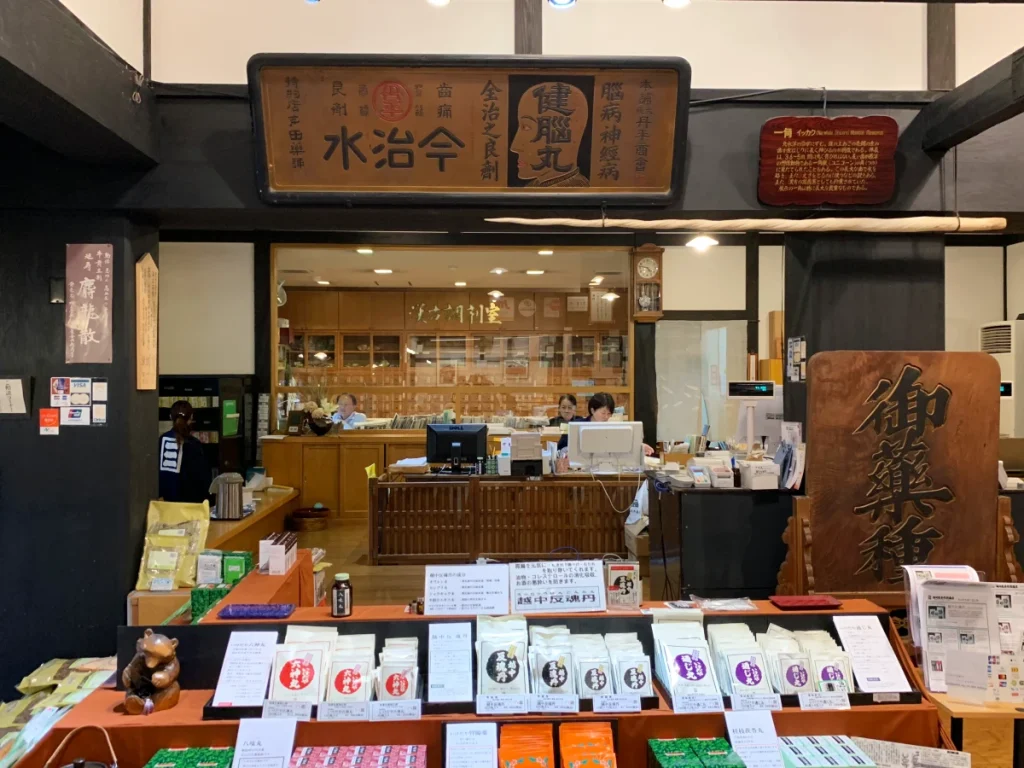
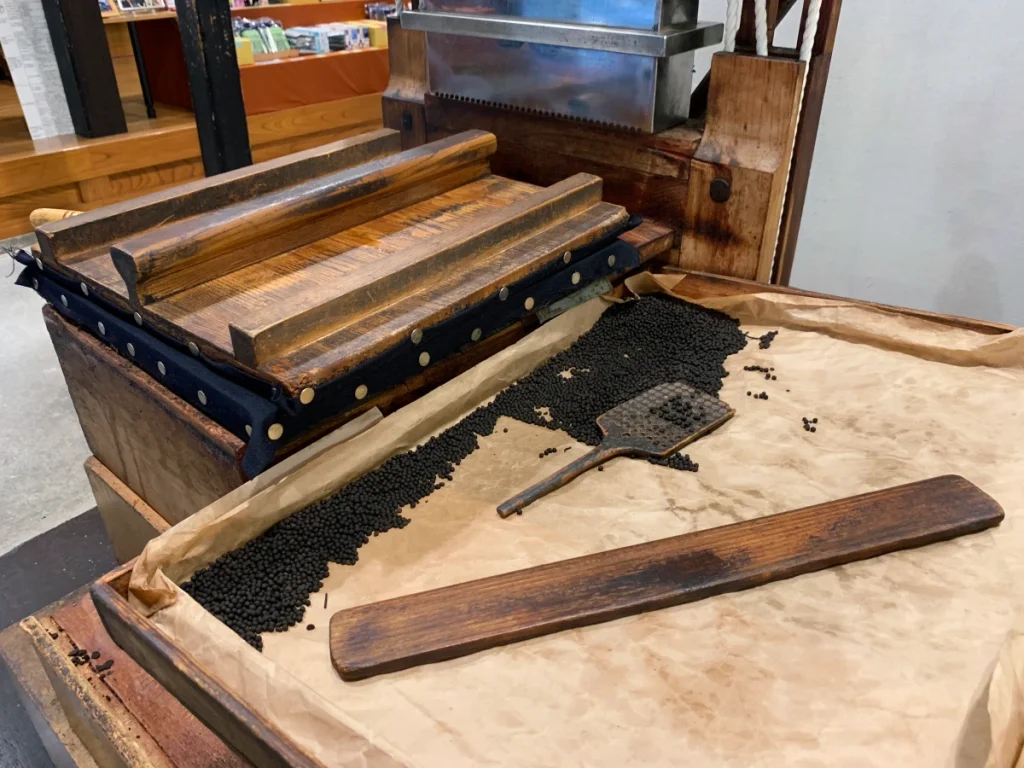
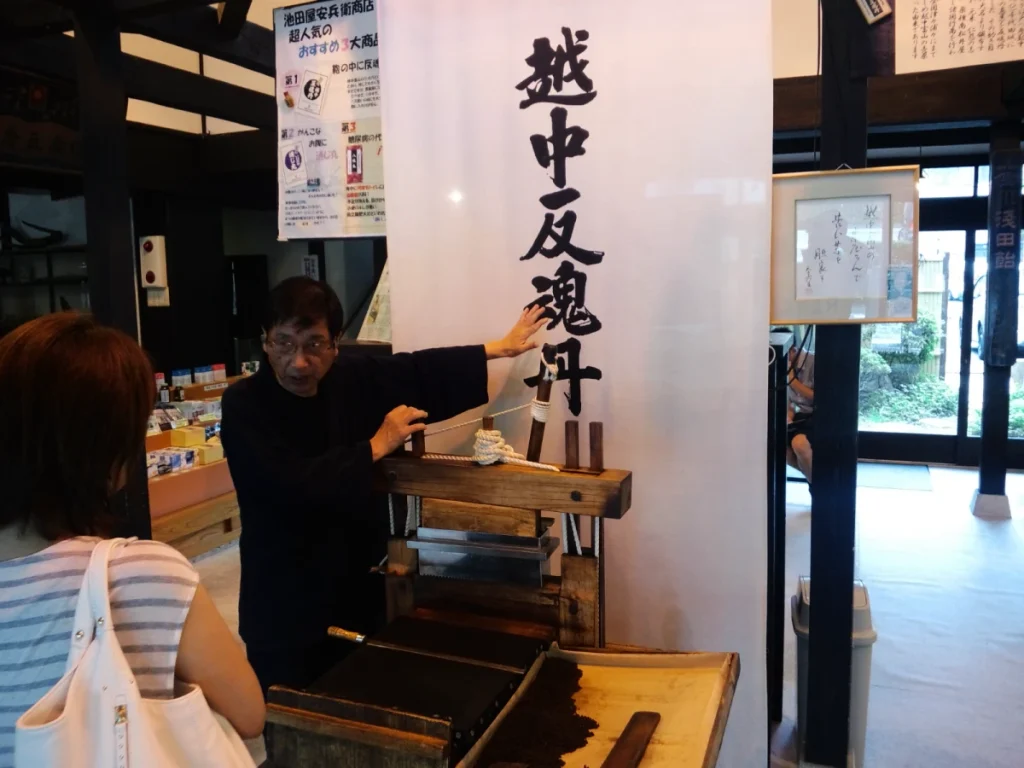
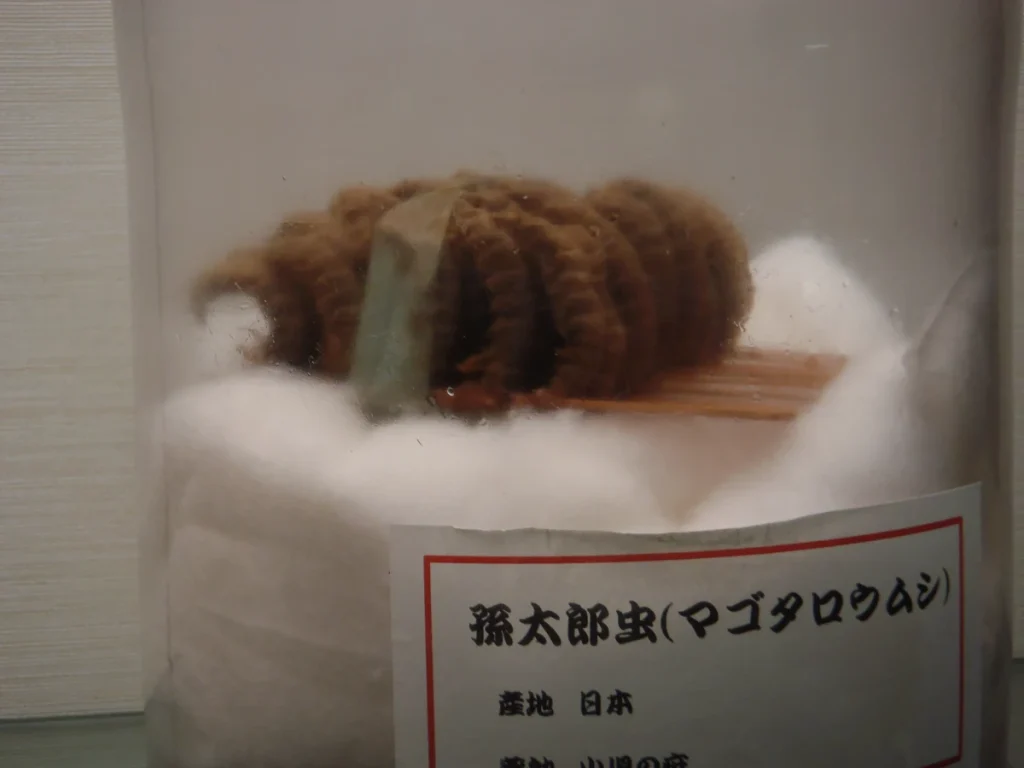
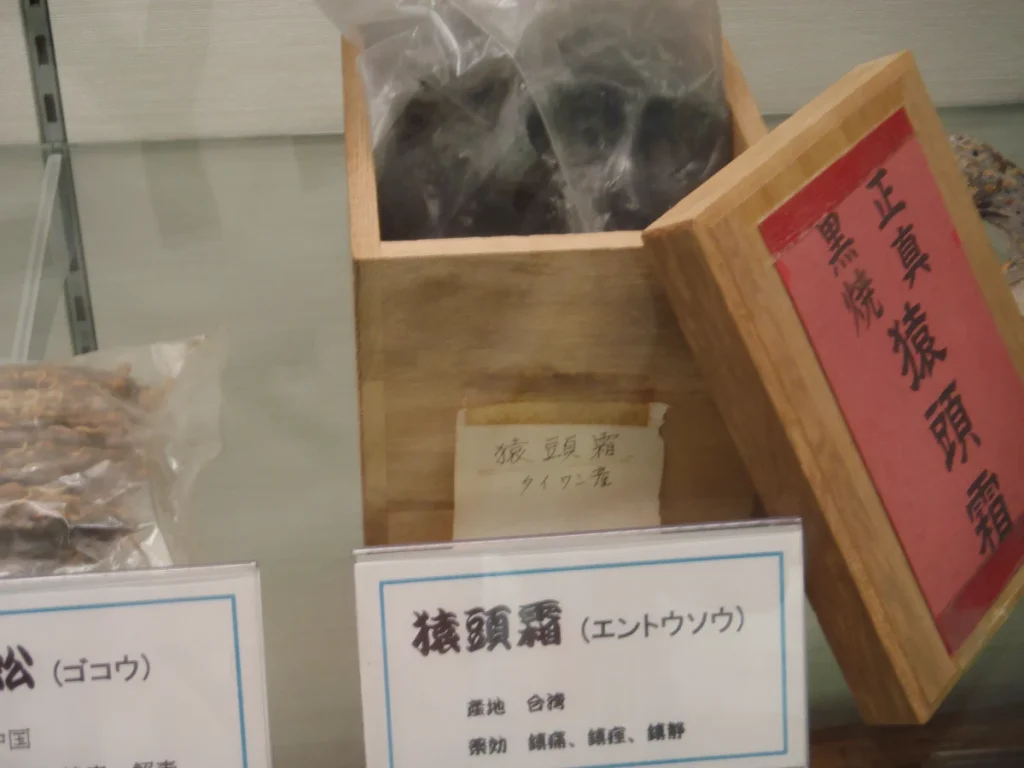
A Rare Privilege ― Medicine Allowed to Cross Borders
The Tokugawa shogunate established strict control over Japan’s domains, limiting travel and trade between regions.
Unauthorized movement across domain borders was prohibited, as it could enable alliances, uprisings, or rebellions.
Yet, so great was the reputation of Hangontan,
that Toyama’s medicine merchants were granted an extraordinary privilege:
Official permission to travel freely through multiple domains to distribute medicine.
In an era where few had the right to cross regional borders,
Toyama’s medicine sellers carried a special license ― a kind of shogunate-sanctioned passport.
Thus, they traveled throughout Japan with their medicine chests, knocking politely on doors, placing small drawers of pills in households, and returning later to collect payment only for what had been used.
This system ― known today as “Toyama’s Okigusuri” (置き薬), the traditional household medicine box ― was born from this special permission.
A pill once carried by samurai on their journeys had now become a trusted companion in the lives of common people across the nation.
Hangontan and Daranisuke ― Two Traditional Japanese Digestive Remedies
In Nara, an ancient capital of Japan, there exists a traditional remedy known as Daranisuke (陀羅尼助 / だらにすけ).
Its primary ingredient is Ōbaku (黄柏) ― the dried bark of the Amur cork tree (Phellodendron amurense).
Ōbaku contains berberine, an alkaloid with multiple pharmacological effects:
•Antibacterial
•Anti-inflammatory
•Sedative action on the central nervous system
•Blood pressure-lowering properties
Berberine is still used in modern pharmaceutical medicine, proving that the wisdom of this old remedy holds its ground even under contemporary scientific scrutiny.
Meanwhile, in Toyama, Hangontan developed along a distinct medical lineage.
Its base is animal bile ― originally Yumatan (熊胆 / bear bile), later replaced by Gyūtan (牛胆 / ox bile) ― combined with Ōren (黄連 / Japanese Coptis).
Ōren, like Ōbaku, contains berberine, but with even stronger potency.
When animal bile and Ōren are combined, the result is a pill with enhanced analgesic, anti-inflammatory, and sedative power, making Hangontan especially effective for acute digestive pain accompanied by fever or intense cramping.
Both Hangontan and Daranisuke are known for their uncompromising bitterness, yet both were formed into small black pills, easy to carry, and thus became trusted travel medicine ― especially among warriors and travelers.
Samurai, Spies, and Traveling Medicine Sellers
As a fascinating historical footnote:
The mountainous regions surrounding Toyama were once home to several ninja settlements.
Protected by the shogunate’s special travel permits, Toyama’s medicine peddlers ― known as Bayaku Gyōshō (売薬行商) ― could cross domain borders freely.
It is said that ninja agents sometimes disguised themselves as these medicine sellers,
moving unnoticed through the country, selling pills by day while gathering intelligence by night.
Thus:
The medicine box carried not only remedies ― but also secrets.
It was both a symbol of healing and a silent instrument of strategy.
Hangontan Today ― Heritage Alive in Toyama and Okayama
To this day, both Toyama and Okayama continue to produce their own lineages of Hangontan.
However, it was the Toyama style, with its official recognition and nationwide distribution during the Edo period, that became most widely known throughout Japan.
At Kakikofu (和氣香風), we stock Hangontan produced by Ikedaya Yasubei Shōten (池田屋安兵衛商店).
https://hangontan.shop-pro.jp/ 🔗
From JR Toyama Station, take the tram bound for Minami-Toyama Station and get off at Nishimachi.
From there, it’s just a two-minute walk to the shop.
Kyoto and Tokyo are magnificent cities to visit, but if you wish to experience the living history of medicinal culture, I strongly recommend making your way to Toyama.
Enjoy the abundant flavors of the sea and mountains ―
and when your stomach grows weary from indulgence,
take a pill of Hangontan – just as the samurai once did.
Toyama also preserves this legacy through museums dedicated to its traditional medicine trade:
https://www.info-toyama.com/attractions/11024
And If you wish to purchase this medicine cherished by the samurai in Tokyo, please come visit Kaki Kōfū.
Kakikōfū ― Jiyugaoka, Tokyo
Hiroshi

